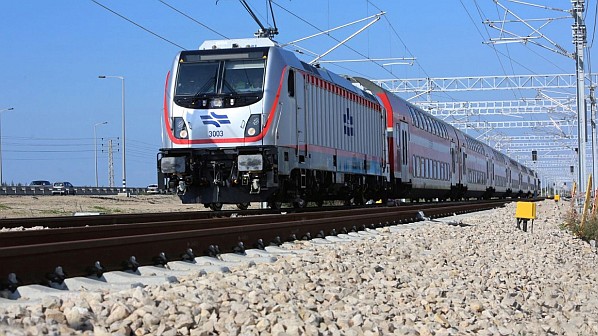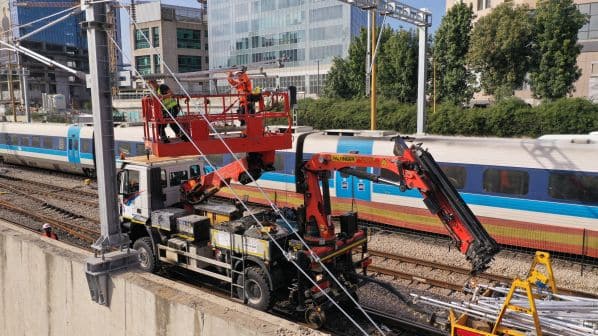THE Connecting Israel programme to build a 300km network of new lines running from Qiryat Shemona in the north of the country to Eilat in the far south was launched on July 30 by prime minister, Mr Benjamin Netanyahu, minister of transportation and road safety, Ms Miri Regev, and minister of finance, Mr Bezalel Smotrich.
The launch event in Jerusalem was also attended by Israel Railways (IR) chairman, Mr Moshe Shimoni, and IR CEO, Mr Micha Meixner.
The Ministry of Transportation and Road Safety says that the project is one of the largest ever carried out in the country and “will change the face of public transportation in Israel.”
Including new routes for passenger and freight traffic, and high-speed lines designed for operation at up to 250km/h, the Connecting Israel programme is due to be fully completed in 2035.
The ministry has already been allocated funding to take forward project planning, and an additional allocation of Shekels 2.5bn ($US 679.6m) for this purpose was approved on July 30.
Connecting Israel is divided into three main sections which are currently at different stages of planning and implementation.
In the advanced stage of execution and expected to open in 2026 is the central section from Hadera to Lod, also known as the Eastern Rail project and including 64km of double track running parallel to the Route 6 highway with seven stations.
The new line will serve as an alternative to the existing railway running along the coast and will serve cities including Tira, Kochav Yair, Rosh Haayin, Elad and Shoham.
The northern section of Connecting Israel would be built for both passenger and freight trains, extending the national network from Carmiel to Qiryat Shemona. This section includes 54km of double track, of which 20km would be in tunnels, and between three and five new stations.
This route is currently in the planning stage, with plans for the construction of the Carmiel - Qiryat Shemona line submitted by the North District Planning and Construction Committee (VTL).
The northern section could potentially include restoring the connection to Jordan’s rail network, which could form part of a railway between the Mediterranean Sea and the Persian Gulf that would provide an overland alternative route for freight moving between Asia and Europe.
Connecting Israel’s southern section is a high-speed line to Eilat on the Red Sea, Israel’s southernmost city. The ministry says that the route will be partly based on the freight line from Dimona to Tzin, and also on a new alignment that has yet to be finalised.
The topographical complexity of the route through the Negev desert, including significant differences in elevation, requires “a thorough examination of alternatives and technologies,” according to the ministry.
It adds that the economic case for building the new line will also be based on moving freight between the Red Sea and the Mediterranean as an alternative to the Suez Canal. The new line will serve Ramon International Airport and a proposed new airport in Nabatim.
“I am proud to announce today that we have passed another hurdle on the way to realising my transportation vision, connecting all of Israel with a high-speed rail network, from the north to the south and from the periphery to the centre,” Regev said.
“The Connecting Israel project is progressing, and is turning from vision into reality. I am glad that the prime minister and the minister of finance have understood the importance of the project and that they responded positively to my request to allocate the necessary resources for its promotion.
“The existing transportation situation is impossible, with traffic jams costing Shekels 40bn a year. The only solution is an available and efficient mass transportation system, which will allow you to leave the private car at home.”
For more data on Middle Eastern rail projects, subscribe to IRJ Pro.




